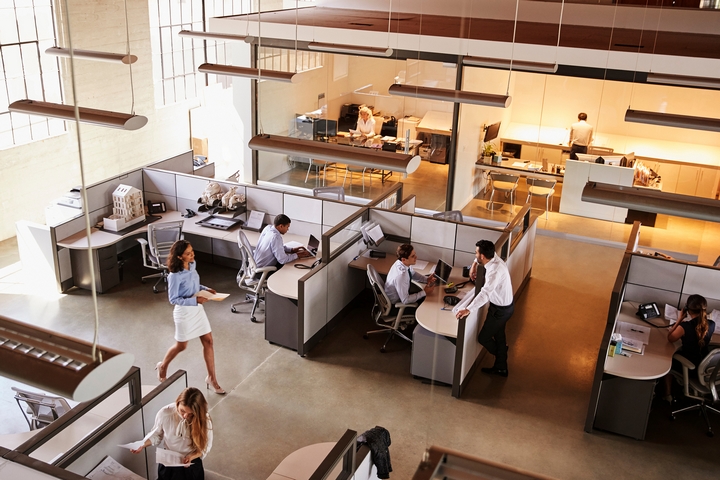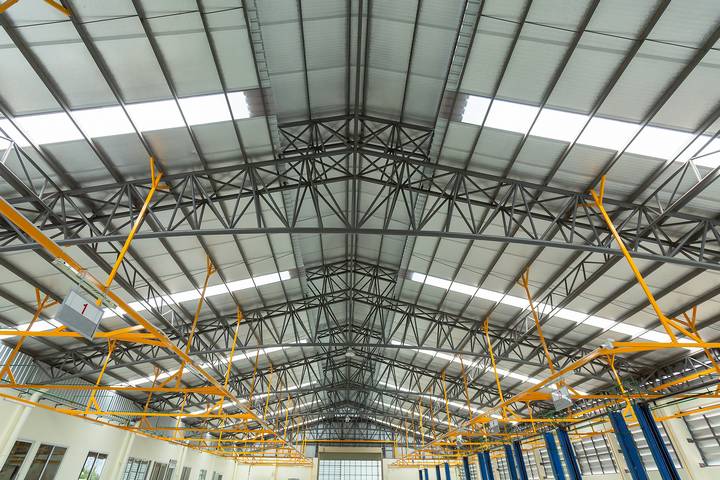Safety and security are critical in every workplace. Everyone in an organization has a right to feel safe when on the job, and the company is responsible for providing a secure environment.
When discussing workplace safety, most people automatically think about factory settings that operate dangerous machinery. However, even an office space can be hazardous if proper safety procedures are not established and rigorously enforced. Implementing a safety and security program will reduce workplace injury and insurance costs. It will also protect your employees from theft and potential workplace violence.
Let’s learn how to ensure safety and security in the workplace:z
1. Emergency Preparation
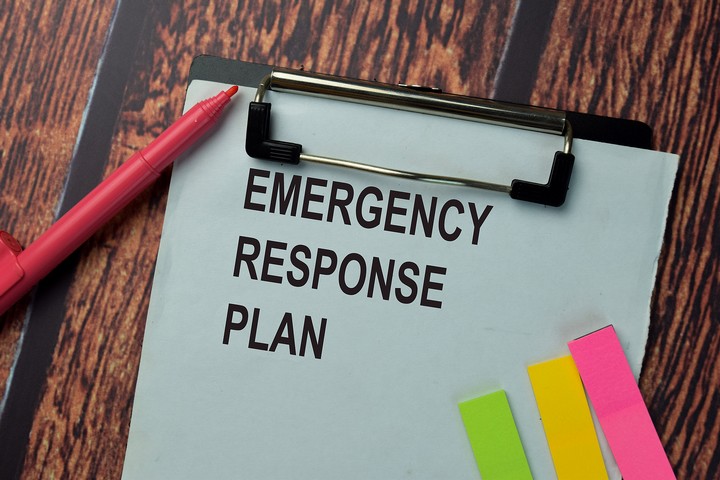
The first step in creating a safe and secure workplace is to follow all applicable worker safety regulations. Following regulations designed for your industry is a way to minimize the chances of an emergency occurring. However, it is not possible to bring the risk to zero.
So, the next step is to create a safety and security plan in an emergency. The types of emergencies you should prepare for in this plan include power outages, natural disasters, fire, medical emergencies, and workplace violence. The procedures should be kept in a visible location known to all employees.
2. Utilize a Security System
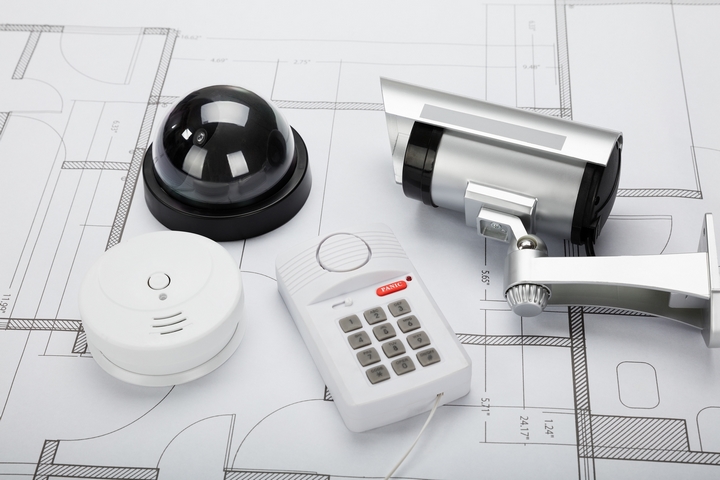
No matter what size your company is, a proper security system for the building is a must. Video surveillance is a first-line way to protect your business from theft and workplace violence. Video cameras can also be helpful if an emergency or accident occurs.
Once you have a security system installed, be sure to make it known that cameras are in place. Install signage that advertises the use of a security system. This will act as a deterrent to potential thieves.
is also authorized to be there.
3. Weapon Detection Technology

Weapons detection is integral to ensuring workplace safety and security for your employees. Today’s weapons detection systems have moved beyond the traditional methods of wands and metal detectors. Now, we have discreet screening options using AI security.
This new weapons detection technology uses touchless sensors to screen for objects that appear to be weapons in people’s bags or pockets. The information collected is then transmitted to a computer system where the images can be viewed. Your team members can all feel safe and secure at work, knowing that anyone who enters the buildings will be scanned.
3. Entries and Exits
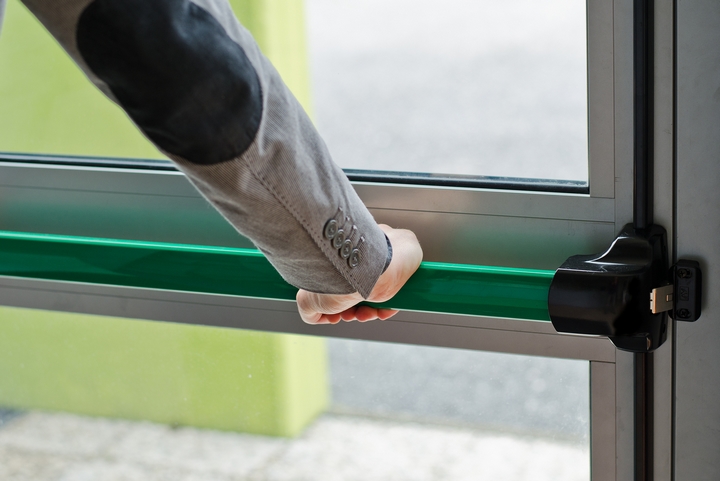
All the doors in the building should be maintained in good condition. Broken or loose doors are a safety concern as they can provide a path for unauthorized entry into the building. Upgrade all locks and hardware in and around your company building if necessary.
Many are moving toward electronic locks with a pin or card-swipe system. But no matter your choice, good locks and hardware are critical to workplace safety and security. They help protect your property and your employees by ensuring a high level of defence.
4. Training Programs

Training your employees in all aspects of workplace safety and security is essential. When hired, new employees should be trained in general safety and security and the procedures specific to your company. Some areas in safety training include cash handling, safe opening and closing procedure, and worker health and safety awareness.
Each employee should also know what to do when they see suspicious activity. Safety training isn’t just for new hires. You should hold regular safety refreshers for the entire staff as well.
5. Communication System
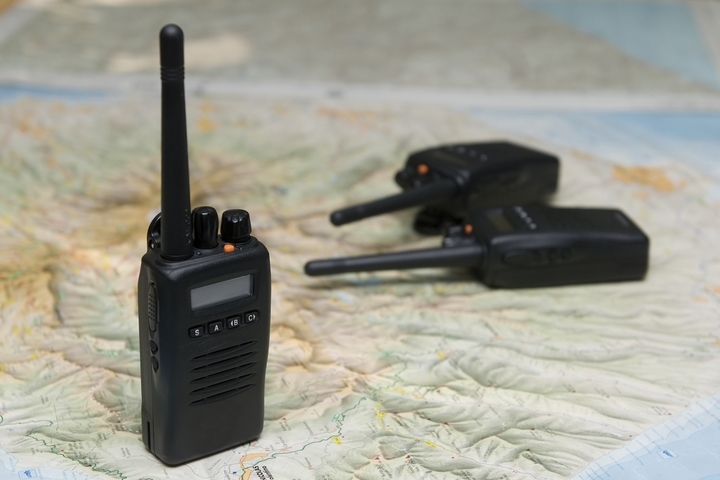
Communication is one of the most vital aspects of every successful safety and health plan. Toolbox talks and team briefings commonly communicate important safety information to employees. You can also use notice boards, emails, or staff newsletters to communicate with your team.
Employees also need to understand how to share important information, alert others of potential hazards or report accidents and injuries in the office.
6. Use a Badge System

Security badges can be implemented to ensure the safety of both employees and visitors in a workplace. Putting a badge system in place allows employers to ensure that everyone in the building is authorized to be there. It also helps with identification in the event of an emergency.
If you must evacuate, for example, you need to know the number of people in the building at any time. Badges can also help your employees feel more secure at work. They know that anyone wearing a badge
One of the most important jobs you have as a manager or business owner is keeping your employees safe. So, don’t wait for an emergency to happen before thinking about steps toward improving workplace safety and security. Having a plan does more than keep people in your workplace safe. It will show your employees that you care about their well-being and can boost morale and productivity.










